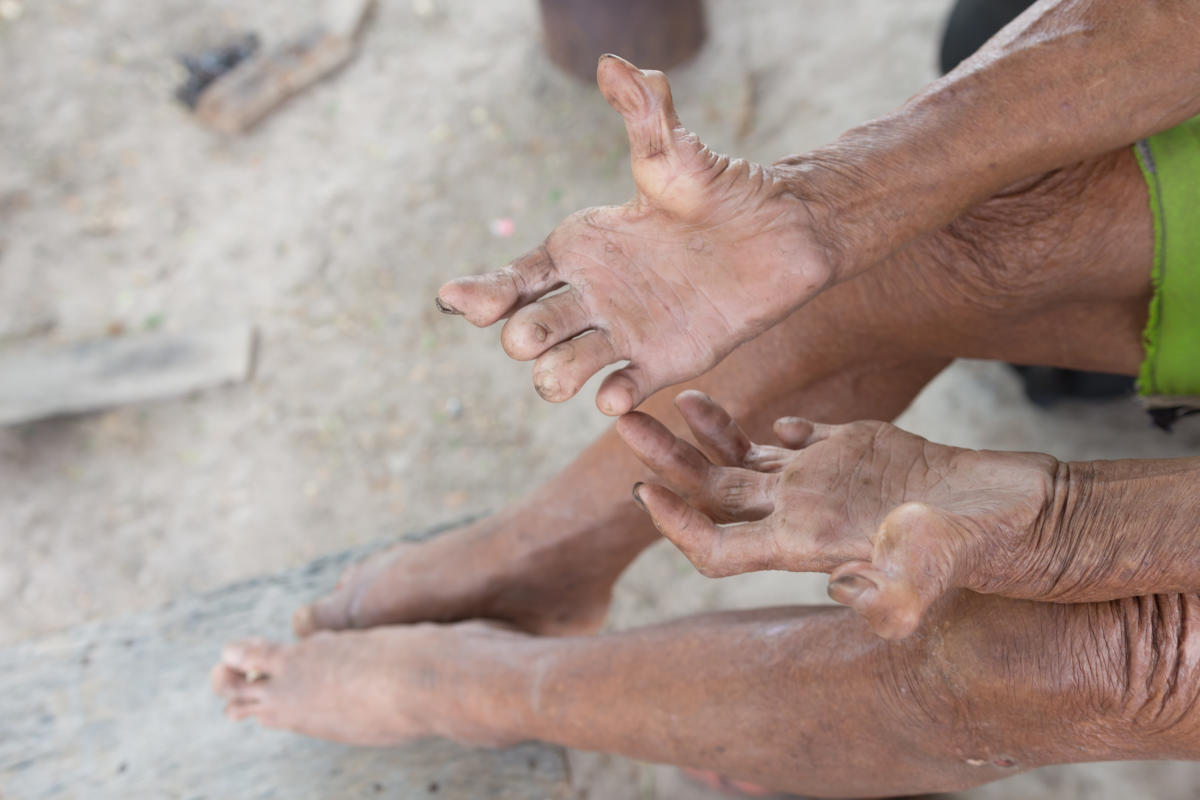Understanding Leprosy
Leprosy, also known as Hansen’s disease, is a chronic infectious disease caused by the bacterium Mycobacterium leprae. While leprosy is relatively rare in most parts of the world, certain regions, including Florida, face unique challenges in managing and preventing the spread of this ancient malady. Evaluating the risks associated with leprosy and enhancing preparedness measures are essential for safeguarding public health in Florida.
Assessing the Risks
1. Environmental Factors
Florida’s warm and humid climate provides conducive conditions for the survival and transmission of Mycobacterium leprae. Leprosy thrives in tropical and subtropical regions, making Florida susceptible to outbreaks, especially in areas with high population density and poor sanitation.
2. Population Dynamics
The diverse population of Florida, including immigrants from regions where leprosy is endemic, contributes to the risk of disease transmission. Close contact with infected individuals or exposure to contaminated soil and water sources can increase the likelihood of leprosy transmission within communities.
3. Limited Awareness and Stigma
Despite advancements in medical science, leprosy remains shrouded in misconceptions and stigma. Limited awareness about the disease and its modes of transmission can hinder early detection and treatment, leading to delays in diagnosis and potential spread within the community.

Enhancing Preparedness
1. Strengthening Surveillance and Reporting
Robust surveillance systems are essential for early detection and monitoring of leprosy cases in Florida. Healthcare providers and public health authorities must remain vigilant for signs and symptoms of leprosy, promptly report suspected cases, and conduct thorough investigations to prevent further transmission.
2. Promoting Education and Awareness
Educating healthcare professionals, community leaders, and the general public about leprosy is crucial for dispelling myths and reducing stigma. Public health campaigns can raise awareness about the signs and symptoms of leprosy, the importance of early diagnosis and treatment, and preventive measures to minimize transmission. Explore More About (Heat Rash)
3. Improving Access to Healthcare Services
Ensuring access to timely and affordable healthcare services is essential for effectively managing leprosy cases in Florida. Healthcare facilities should offer diagnostic testing, treatment, and support services for individuals suspected or diagnosed with leprosy, including access to specialized care if needed.

4. Implementing Infection Control Measures
Implementing infection control measures in healthcare settings and communities can help prevent the spread of leprosy. Practices such as hand hygiene, proper disposal of contaminated materials, and environmental sanitation are critical for reducing the risk of transmission among healthcare workers and the general population.
| Risk Factors | Preparedness Measures |
|---|---|
| Environmental Factors | Strengthening Surveillance and Reporting |
| Population Dynamics | Promoting Education and Awareness |
| Limited Awareness and Stigma | Improving Access to Healthcare Services |
| Implementing Infection Control Measures |
Conclusion
In conclusion, Florida’s leprosy dilemma highlights the importance of evaluating risks and enhancing preparedness measures to mitigate the impact of this ancient disease. By assessing environmental factors, addressing population dynamics, and implementing strategies to strengthen surveillance, promote education, improve access to healthcare services, and implement infection control measures, Florida can effectively manage leprosy cases and safeguard public health.




